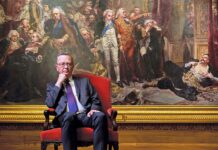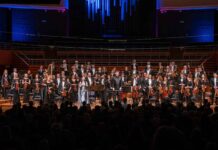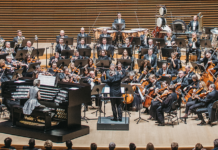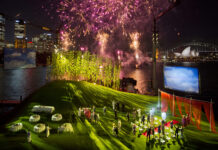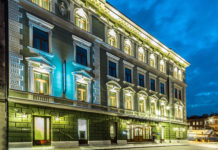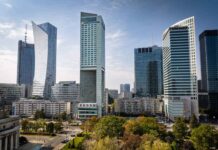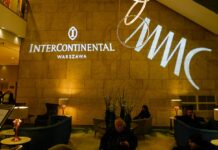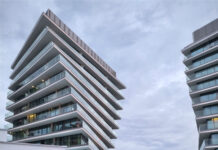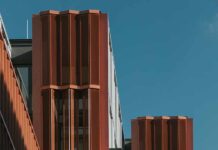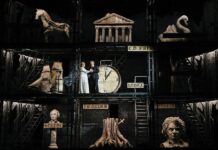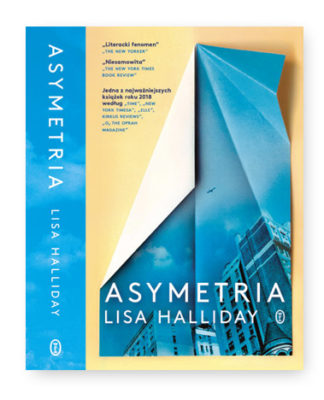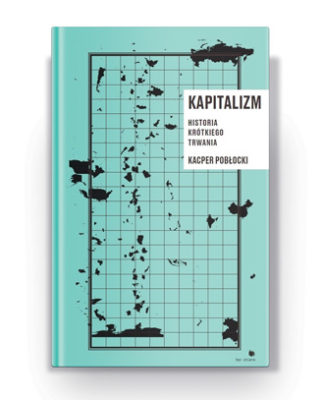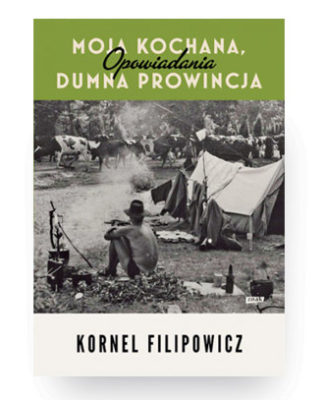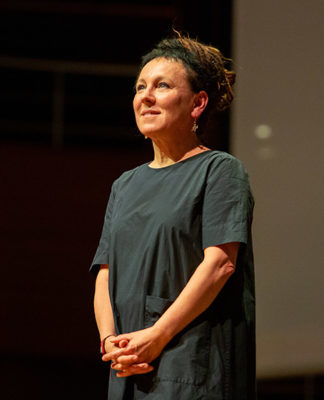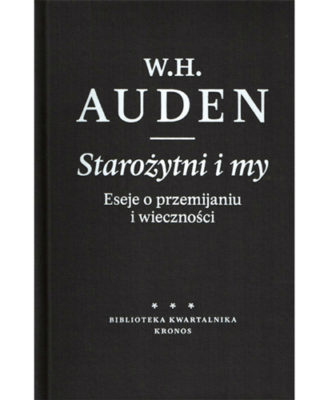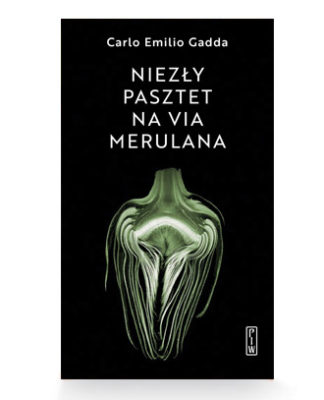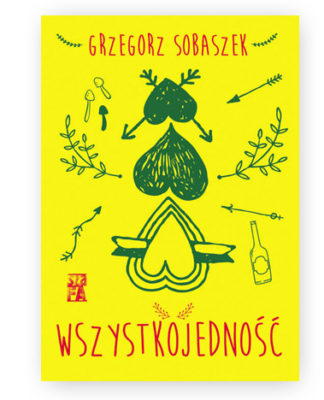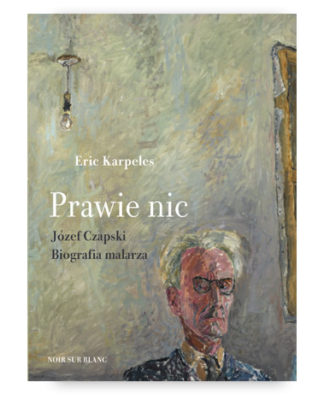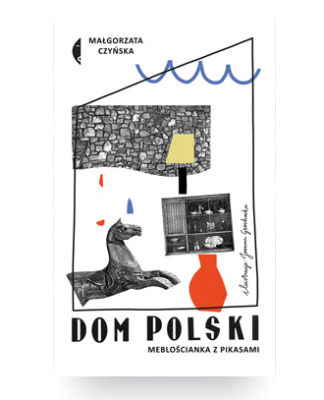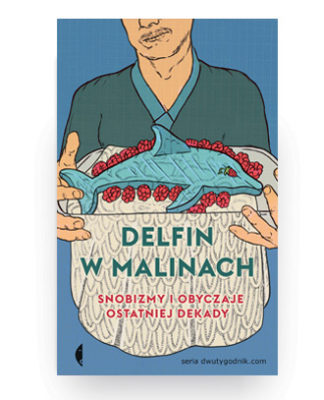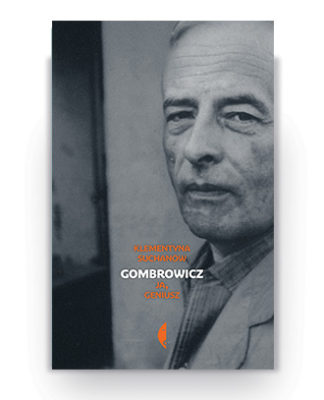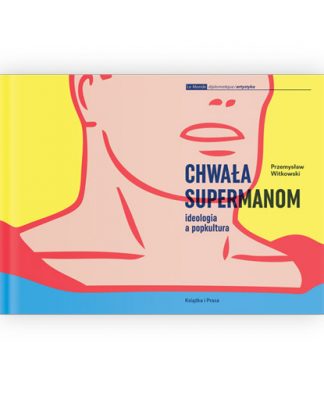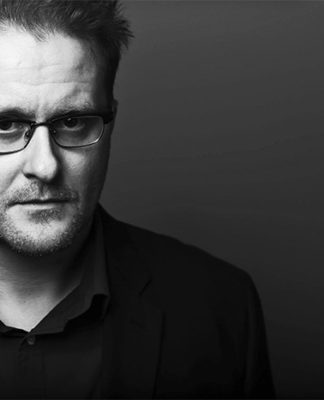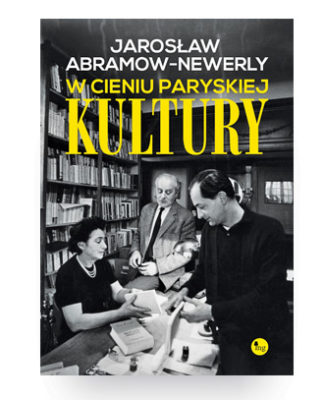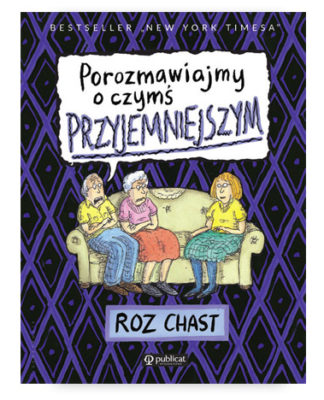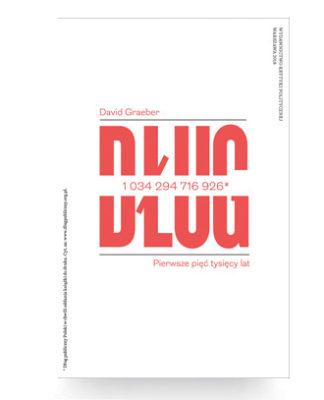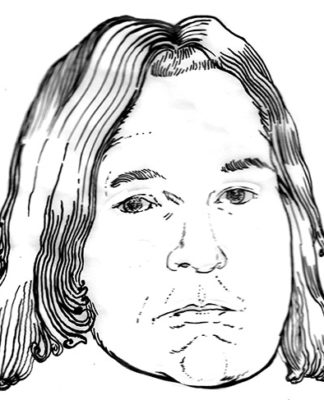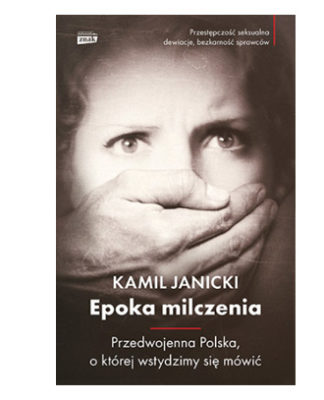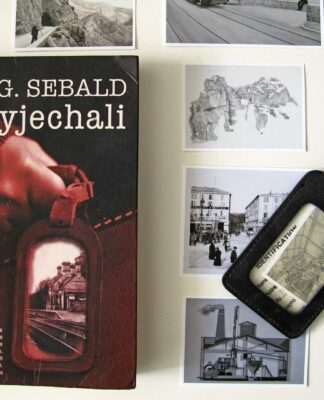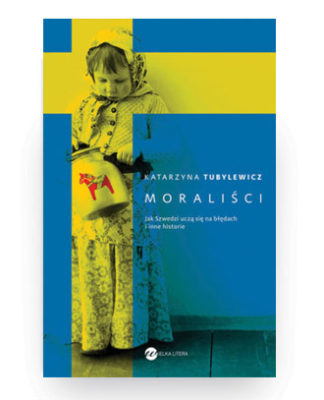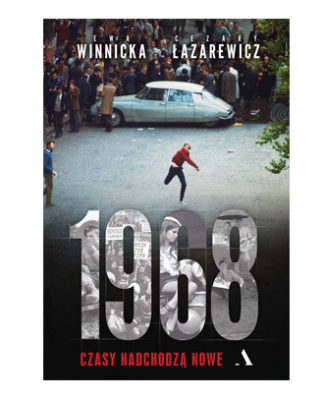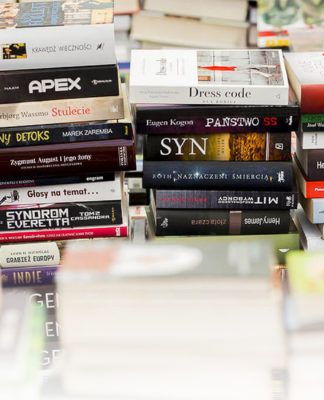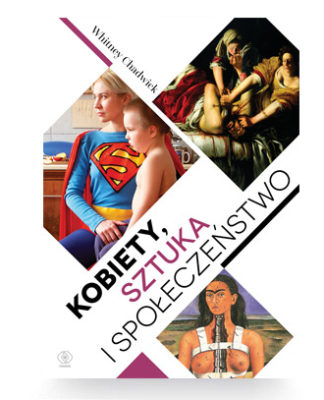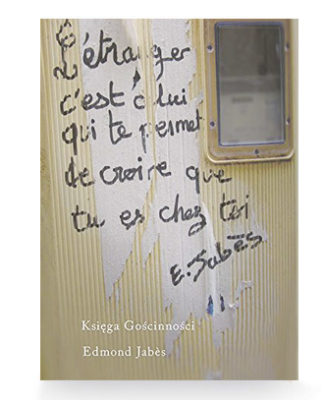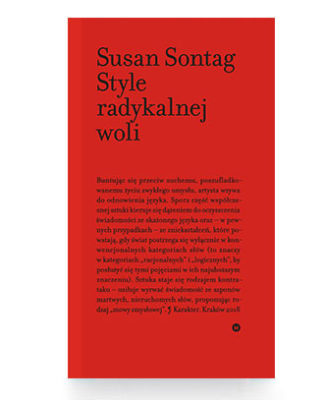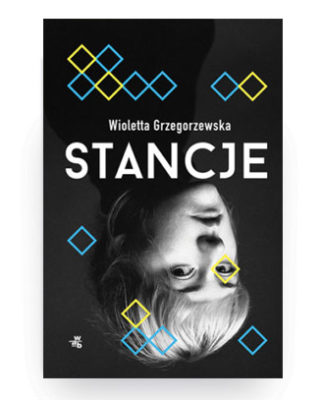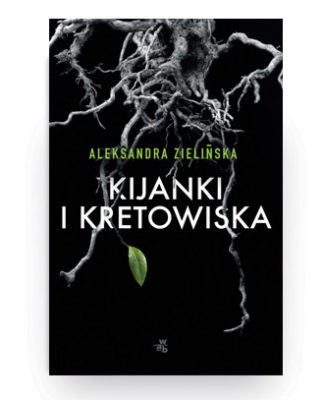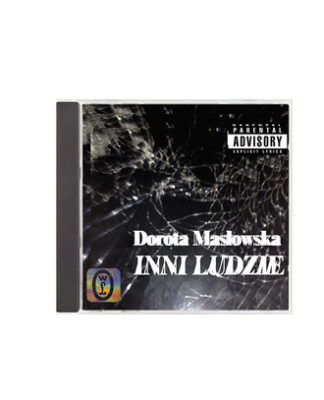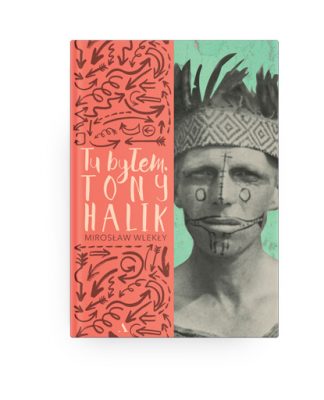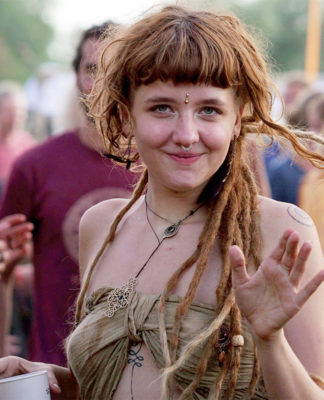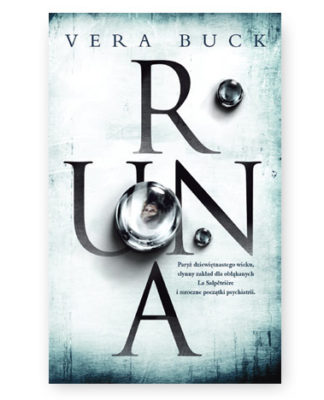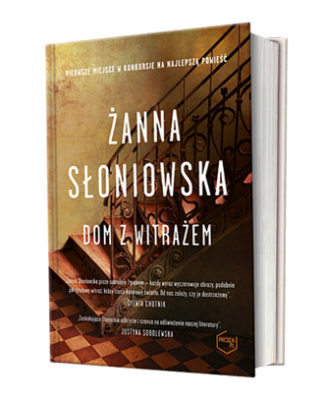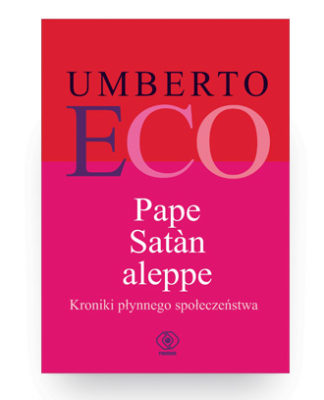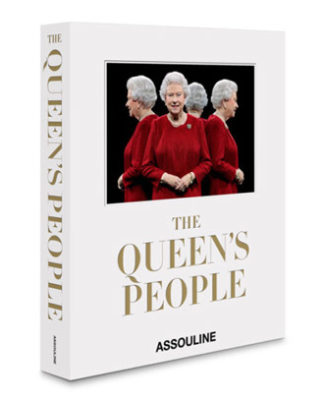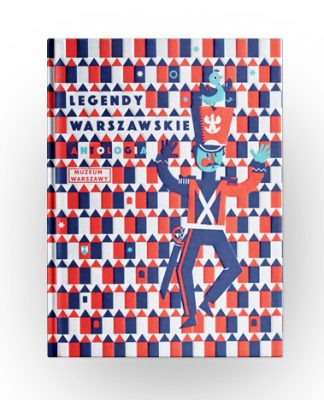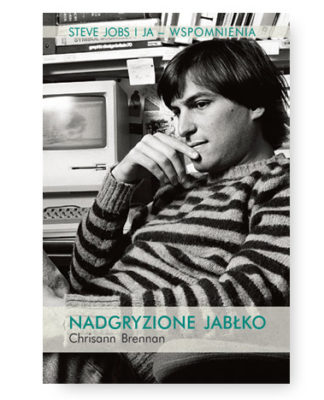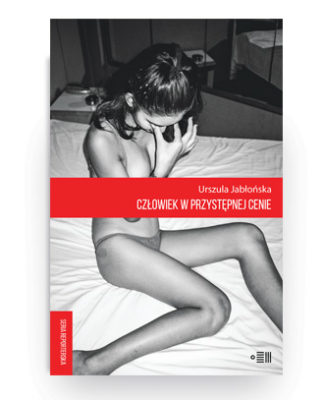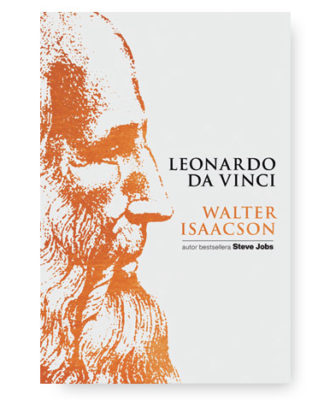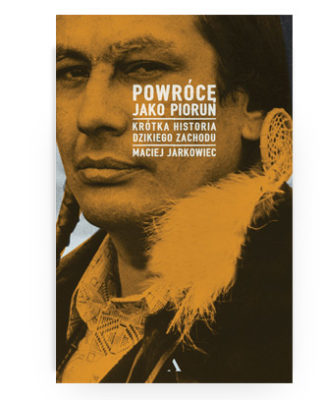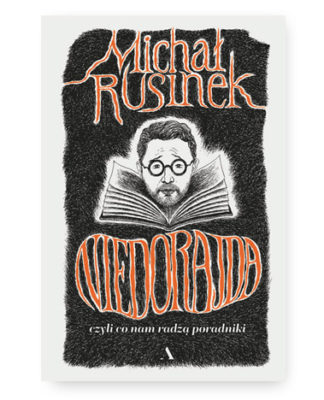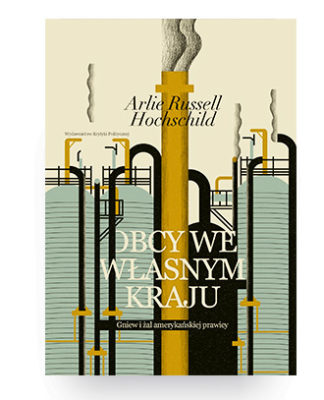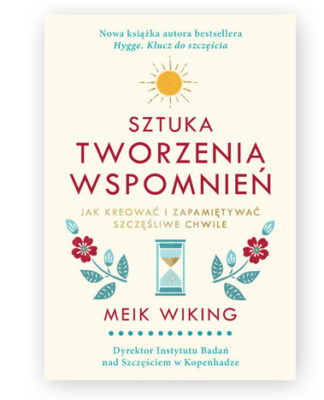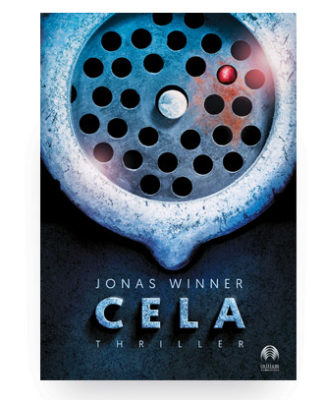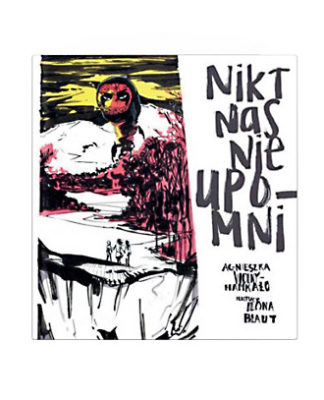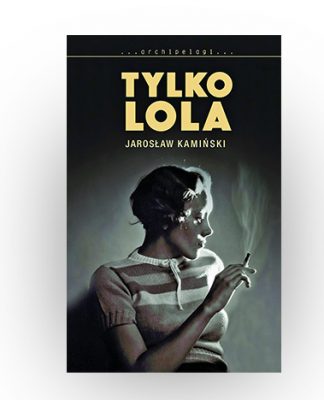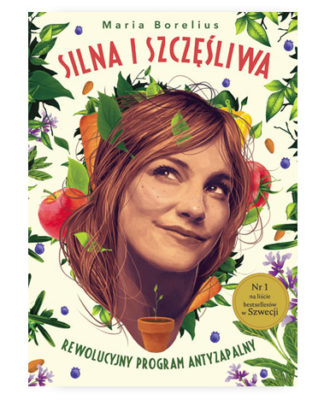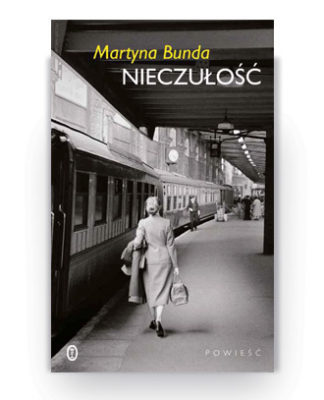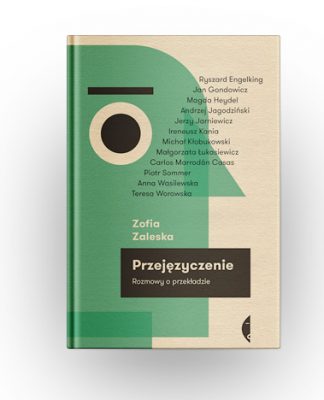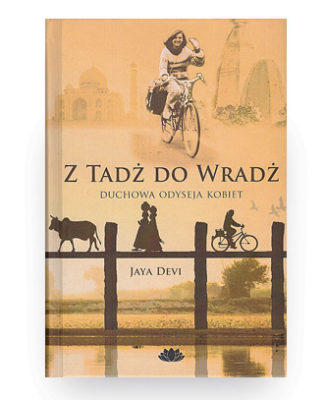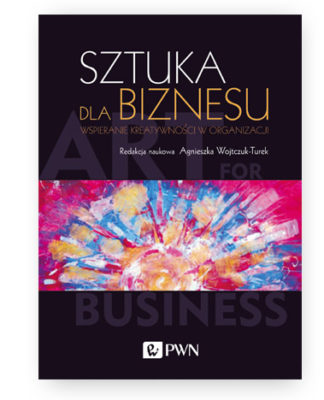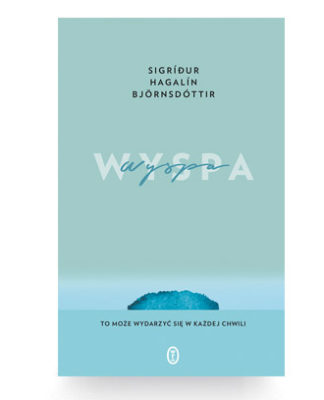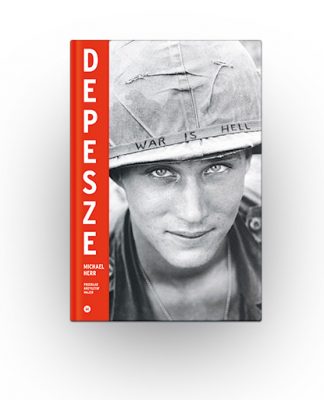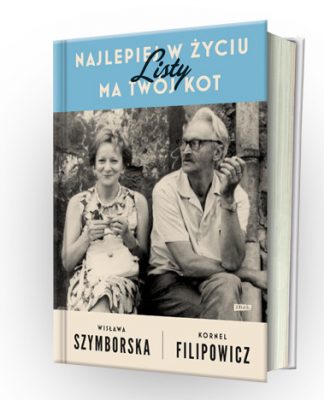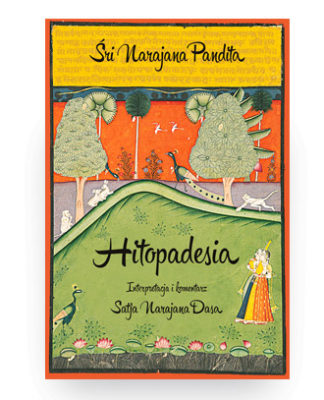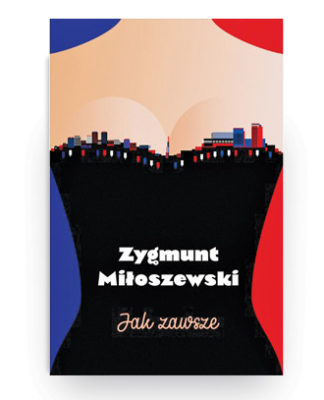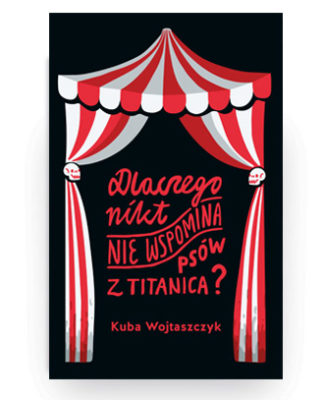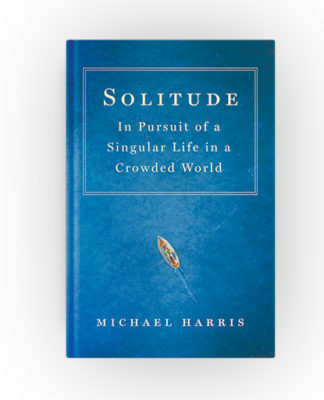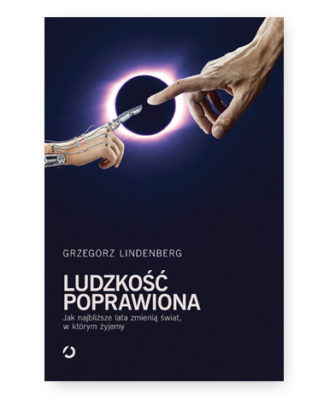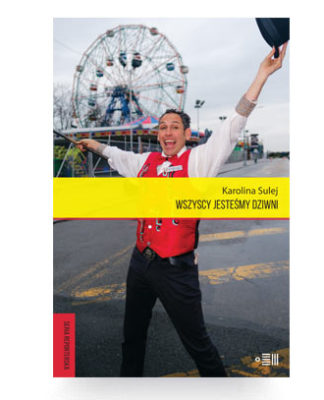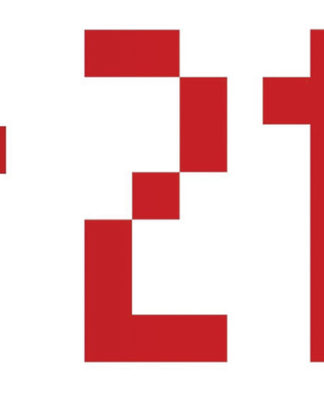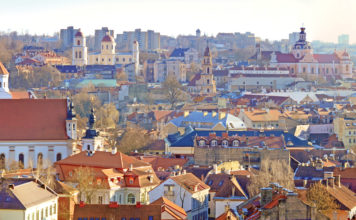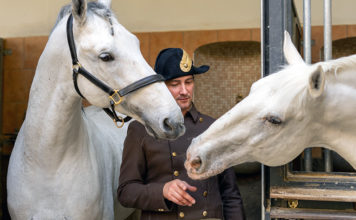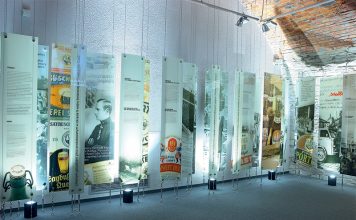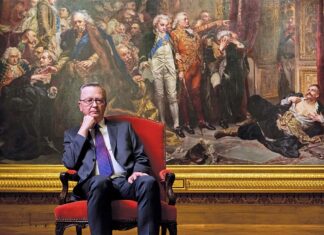When Krzysztof Pastor created Dracula for the West Australian Ballet in 2018, it garnered a string of rave reviews and awards. In 2020 it returns by popular demand, as well as opening in Brisbane with the Queensland Ballet. The internationally renowned choreographer and Artistic Director of the Polish National Ballet talks to Jansson J. Antmann on the eve of the premiere of his earlier work In Light and Shadow during this year’s Ballet at the Quarry outdoor dance festival in Perth.
Text: Jansson J. Antmann
In Light and Shadow seems to follow you around the world.
I created it for the Dutch National Ballet 20 years ago and it’s been presented by several other companies including Royal Swedish Ballet, Scottish Ballet, the Opera and Ballet Theatre in Ankara, The Hong Kong Ballet and my own Polish National Ballet in Warsaw as part of Tańczmy Bacha (Bach Dances) in 2010 and again in 2013… and now finally in Perth.
Why do you think it has proven to be so popular?
It’s inspired by the Baroque and is one of my lightest works. There’s no narrative, no drama. It opens with a universal message of peace and humanity, followed by a display of physicality akin to a Baroque painting, in which you can appreciate the body and its musculature.
Were there any challenges in restaging it outdoors as part of West Australian Ballet’s annual Ballet at the Quarry?
Of course, there were some limitations and it’s being presented without the usual gold décor we used for indoor productions. However, it’s been a pleasure to adapt the piece to the Quarry Amphitheatre, because it has its own beauty with those warm, golden limestone walls that surround the audience. What’s more, we’re opening under the light of a full moon, which provides its own Baroque backdrop as it illuminates the trees beyond the amphitheatre.

Why the Baroque … and why Bach?
The Dutch National Ballet originally commissioned it for the Bach Festival. When I was doing my research, I immersed myself in the art of the period, which is something I always do when I start working on a new piece. In this case I looked at Vermeer, Rembrandt and La Tour in particular. The choreography was inspired by the depiction of the human figure in the Baroque – for example, the way the arms are held.
When I started choosing the pieces by Bach, I came across a documentary about him. It began with the beautiful Aria from the Goldberg Variations – a beautifully pure piece on the piano – and a voiceover which recounted the tale of a famous scientist, Lewis Thomas, who was asked what he would do if he could send a message to a civilisation on another world. He answered that he would like to send the entire catalogue of music by Johann Sebastian Bach, but he was afraid that it would be too overwhelming for the recipients. I was so struck by this notion that I decided to open the ballet with the Aria.
From such a delicate opening, the piece transforms into an explosion of movement and sound. What inspired your choice of music?
The narrator of the film continued by explaining how many facets there were to Bach; how every week he would compose a new church mass, however I wanted something secular and chose the Orchestral Suite no. 3 in D major, which provides a great contrast to the opening Aria, which is very quiet, warm and without melodrama. This is juxtaposed with the overture of the orchestral suite as the entire group of dancers come on stage for a glorious demonstration of pride in being a dancer. The first two-and-a-half minutes require a great deal of discipline as they dance together tightly and break into precise canons. After that, I wanted to reveal the different dancers’ personalities and split them into smaller groups and solos, allowing for more freedom and the brilliance of each dancer to shine through.
This is followed by Air during which we have two contrasting pas de deux on stage at the same time. It’s quite challenging to watch them simultaneously. One couple serves to reflect the musical cliché of this famous piece, with the ballerina wearing a long, metallic skirt to achieve a more stylised and artificial look. The second couple is more natural and reflects a warmer and more beautiful element in the music. The couples never meet, but they exist alongside each other to underline the two very different aspects of the music. Air is then followed by a suite of dances, which also allows for a showcase of the dancer’s technique.

The choice of music clearly inspired your choreography for In Light and Shadow. Was this also the case with Dracula?
The challenges of In Light and Shadow lie in the fact that it demands discipline and interpretive freedom. The choreography is physically very intense and rich. It’s pure movement, whereas Dracula has a narrative and you need to take the time to tell the story. That’s why I chose Wojciech Kilar’s music. It lends itself perfectly to the creation of the atmosphere of two worlds – the world of London society and the world of the vampire. Whether we are talking about Bach or Kilar, their music is very expressive and emotive. Soundscape replaces landscape.
I am a fan of Kilar’s music and the way he uses elements of Polish folklore, which are no doubt lost on people outside Poland. Nevertheless, it provides a very unique and unusual foundation for his work. It’s clear that Kilar loved the Polish mountains and their atmosphere. This is reflected, for example, in his symphonic poem Kościelec 1909, which I chose for the scene in Dracula’s castle.

Kilar’s music is also very sensual.
I wanted to avoid the Gothic cliché of Dracula and create something romantic. Bram Stoker’s Victorian society is a world of sexually repressed men and sexually frustrated women. I was fascinated by the two female characters of Mina and Lucy, who are very conscious of the world around them and sexually aware. My Dracula is definitely not about fangs and high collars.
You said that when you begin working on a new piece you immerse yourself in art.
That’s right. I created In Light and Shadow with set and costume designer Tatyana van Walsum and lighting designer by Bert Dalhuysen. When we were creating the work in Amsterdam, we were inspired by the chiaroscuro effect in Baroque paintings.
One of the principals of Baroque is figurative representation using strong contrasts between light and shadow, hence the title of the piece. People’s silhouettes will emerge from the shadows in stark lighting, with unexpectedly sharp colours, like reds and golds, that leap out at you. This became the basis for the look of the piece. It’s perhaps most obvious in the staging of the Bourrée. The choreography comprises small, dynamic steps performed on pointe and reminiscent of those very fast Irish dances. The judicious lighting also ensures the audience can only see their legs and footwork.
We were also inspired by the baroque porcelain figures, which enthralled me in Dresden. They are usually quite pastoral and idyllic. They influenced the ‘cute’ and slightly mannered look of the Gavotte, which precedes the Bourrée.
When it came to Dracula, I worked closely with the set and coustume designers, Phil R. Daniels and Charles Cusick Smith, who did a wonderful job in creating the different worlds of the piece. The set design resembles the antique daguerreotype photographic process. The one-off mirror images, with their bright centres and dark edges, are the perfect metaphor for the elusive love and world that Dracula yearns for, yet can never inhabit. They were also inspired by Caspar David Friedrich’s 1817/19 masterpiece, Monastery Graveyard in the Snow. Friedrich’s many representations of graveyards reflected Romantic attitudes towards death and transience. The painting was destroyed in an air-raid on Berlin, but they brought it back to life in Dracula.

You developed Dracula – a neo-classical ballet – from scratch with the West Australian Ballet. What was it like working with the same ensemble on a contemporary piece like In Light and Shadow.
With my work, the basis is always the ballet technique, so the difference really lies in the fact that Dracula tells a story and In Light and Shadow doesn’t. Furthermore, Dracula was worked out on the dancers here in Perth, so you could say they had more creative input into the creation of that work, whereas in the case of In Light and Shadow they were learning a ballet which had already existed for several years. Hong Kong Ballet performed the piece two or three years ago and I am very grateful that their ballet master Yuh Egami came to Perth to be our répétiteur. He did a wonderful job preparing the piece before my arrival here and I am very pleased with the way the ensemble picked it up.
Have they enjoyed it? I remember they loved perfoming in Dracula. Has it been a happy reunion?
Absolutely, although I can be quite demanding, so you need to ask them. (laughs) I’ve definitely enjoyed working with the West Australian ballet again. Aurélien Scannella has built a world-class troupe comprising 21 Australian dancers and 18 from overseas, including Cuba, Japan, England, Italy, France, New Zealand, the Philippines and the USA. This diversity of backgrounds and schools makes for a very dynamic, international company. It’s always a pleasure to return here.
Dracula sold out, received rave reviews and several awards. Were you surprised?
I’m always surprised when something is a success. It’s my affliction (laughs). It was great for me and the company. Who doesn’t like good news? I’ve always said I’d like to do a musical, but to date Dracula is the most commercial piece I’ve done, in the best sense of the word. The title itself has commercial cachet.

It’s opening in Brisbane in May and returns to Perth in September this year. Not many contemporary choreographers can boast creating a brand-new, neo-classical ballet that is performed on two main stages in the same country in the same year.
I’m thrilled, but credit must go to Aurélien. It was his idea. He invited me to do it and took the risk, along with Li Cunxin and the Queensland Ballet, which co-produced it. The invitation took me by surprise and I actually had to think about it. Even though I’d been looking for an opportunity like this for many years, my first instinct had been to avoid commercial subjects. I’m not sure why, but it was probably because of my history with the Dutch National Ballet. In Holland, even a piece like Don Quixote is considered commercial! They only did Alexei Ratmansky’s version about eight years ago. During the time of Rudi van Dantzig, that was unthinkable. Of course, things are changing. Box office is now a real consideration. You have to sell tickets and we need to make our artform more accessible. Ballet isn’t just for the elite and audiences love stories like Dracula and Swan Lake.

Are you using the opportunity to rethink any aspects of Dracula before it opens at the Queensland Ballet?
I’ll be in Brisbane for 10 days. I can see a few minor things I’d like to refine, but I won’t be making any major changes. Obviously working with different dancers also lends a slightly different interpretation to the roles. However, the piece will essentially be the same as the one we created in Perth. I was very happy with it and I’m looking forward to seeing how Brisbane audiences react.
Will the work have a life outside Australia?
I think so, although many companies are still wary of a commercial subject like Dracula, even if it’s a success.
All companies need money and a full house is a full house.
That’s very true, and I’m pleased to say that the Latvian and Polish National Ballet companies have expressed an interest in Dracula. In Warsaw, the music of Wojciech Kilar is obviously a drawcard, however the production will need to be scaled up to fill the huge stage. I’m looking forward to reworking it with the same creative team that worked on it in Perth. They created something really special. It will be nice to see the results of our Australian collaboration on stages around the world. |






